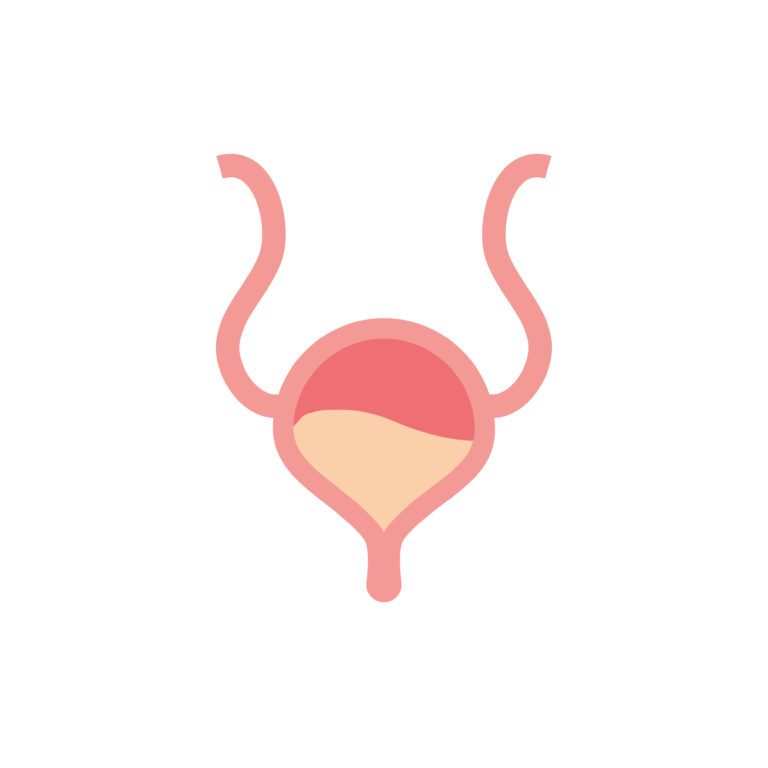Postpartum Return to Run Test – Are You Really Ready to Run After Baby?
More and more moms are hitting the roads, treadmills, and trails after giving birth. The availability of jogging strollers and gym memberships with childcare is making this easier than ever.
BUT more and more moms are also experiencing injuries and feeling discouraged. They take a break for a few weeks, attempt running again, only to end up injured again several weeks later.
It’s time to break the crazy cycle. Moms receive less specific advice about exercise from doctors than someone who has rolled their ankle. Moms who want to run need to understand how to prepare their bodies for running and be aware of warning signs that might signal they’re not ready.
If this sounds like something you’ve been experiencing, or if you’re newly postpartum and considering running, you should learn about the Postpartum Return to Run Test.
Who Developed the Test?
This test was published in the 2019 Postnatal Return to Run Guidelines, written by physical therapists Goom, Donnelly, and Brockwell.
They gathered the available research on moms returning to running, as well as on all runners recovering from injuries. They used this research to develop the most current and evidence-based recommendations for medical, health, and fitness professionals to guide moms as they resume running.
What the Test is Assessing
The test has two main parts: the load/impact portion and the strength portion. Together, these parts evaluate your body’s ability to handle impact by ensuring that your strength and balance are sufficient to support your body. If you run with weak or imbalanced muscles, tendons, ligaments, and/or bones, it’s just a matter of time before you experience an overuse injury or stress fracture.
I want to remind you of the following text:
The video linked in this blog post does not include the strength portion. According to the guidelines, the strength portion should not prevent you from running. Instead, they say it should be used to determine which strength exercises to focus on. If, like me, you are prone to injury, I recommend holding off on running if you struggle with the strength portion of the test.
When to Take the Test
Once you are at least twelve weeks postpartum and have started pelvic floor and core rehab, it is time to attempt the return-to-run test. Take this test before going on your first run after giving birth.
It’s a good idea to take the test even if you’ve been running to ensure your body is strong enough and to help prevent overuse injuries.
How to Take the Postpartum Return to Run Test
The load/impact portion of the test consists of:
- Walking for 30 minutes
- Single leg balance for 10 seconds on each leg
- Single leg hopping for 10 reps on each leg
- Single leg squat for 10 reps on each leg
- Jogging on the spot for 60 seconds
- Forward bounding for 10 reps on each leg
- Running man for 10 reps on each leg
The strength portion consists of 20 repetitions each of:
Here is a video of how to perform each exercise in the first portion of test:
To get accurate results, begin with a thirty-minute walk and then perform each exercise without a break. Keep track of the number of repetitions you can do with proper form. Recording a video of yourself or having someone else watch you and provide feedback is helpful.
Symptoms to Look For
As you do the test, check for:
- pain
- incontinence
- feelings of bulging or heaviness
- a lot of wobbling or falling over
- poor or compromising form
- failure to complete the full range of motion due to weakness
What to Do with Your Results
If You Are Unable to Complete the Test
If you could not complete every test item without having symptoms or losing your form, that’s OKAY! You WILL get back to running eventually. But I do not recommend starting running just yet.
If you experience mild incontinence, balance, or strength issues, you need to spend extra time strengthening your core and pelvic floor muscles as well as your lower body. You can even practice the specific strength and balance exercises from the test to ensure you target the right muscles.
Something else you can try is wearing compression garments designed for the perineum rather than the abdomen, such as the Baobei bloomers. If you have a pelvic floor physical therapist, they may also help you get fitted for a support device such as a pessary.
The 2019 guidelines encourage running with support or compression if it reduces symptoms, especially if you continue to strengthen your core and pelvic floor.
If you are experiencing severe symptoms or feel that you need extra guidance, it’s probably time to schedule an appointment with a pelvic floor physical therapist.
If You Are Able to Complete the Test
If you have completed each test item with proper form and without experiencing any symptoms, CONGRATULATIONS! It’s time to start running!
Take a look at my postpartum return-to-run guide to help you determine your next steps. Make sure to follow an interval plan to gradually ease back into running.
Conclusion
The Return to Run Test is a diagnostic tool to help you assess if you are ready to run and avoid injury.
Some women may be ready to run at three months postpartum, while others may need to wait until six months or more. This timeline depends on labor and delivery experience, fitness level before and during pregnancy, and each unique individual.
It’s important not to compare yourself to others or to set expectations for your progress. Focus on enjoying the journey of challenging yourself to improve in these areas, and you’ll be running before you know it. You’ve got this, Mama!
Did you take the test? How did it go? Let us know in the comments!







